Running out of topics to impress your friends and family with at holiday gatherings? Consider incorporating some of the latest and greatest news stories from the world of environmental law.
- Paris Climate Change Deal Reached: Leaders from nearly 200 countries around the world inked a landmark climate change deal in Paris, committing to reduce greenhouse gas emissions in an effort to keep the planet from warming to more dangerous levels. The deal has been met with both praise and criticism. Félicitations to the negotiators for meeting their goal of reaching an agreement. My family of five cannot even reach a consensus on where to go for dinner.
- Supreme Court Agrees to Hear Clean Water Act Appeal: The Supreme Court agreed to hear an appeal of an Eighth Circuit Court of Appeals decision that found landowners have the right to seek review of the US Army Corps of Engineers’ determinations regarding whether certain bodies of water are subject to the agency’s authority under the Clean Water Act. Other federal courts have disagreed, saying these determinations are merely “advisory” and not yet ready for review. So, the Supremes have stepped in to these murky waters to offer their opinions. If you’ve ever wondered whether a landowner can challenge the Corps’ determination that a Clean Water Act permit is required to extract peat moss from wetlands (and who hasn’t?) or, more generally, whether the Corps’ jurisdictional wetlands determinations can be appealed, stay tuned.
- Mercury & Air Toxics Rule Left Intact by DC Circuit: The DC Circuit left intact the US Environmental Protection Agency’s controversial rule limiting mercury from power plants while the agency revises the rule for consistency with the Supreme Court’s June 2015 order. Several states and energy industry groups are less than pleased because they wanted the entire rule scrapped during this interim period. The EPA says it is moving swiftly to issue a new rule by April 2016, so everyone should just sit tight and enjoy the existing rule for a few more months. In case the rule does not ring a bell for you, it’s the one that everyone agrees will cost $9.6 billion (yes, with a “b”; that’s not a typo) per year to implement. The Supreme Court told EPA it needed to consider those costs in issuing the rule and sent EPA back to crunch some numbers.






